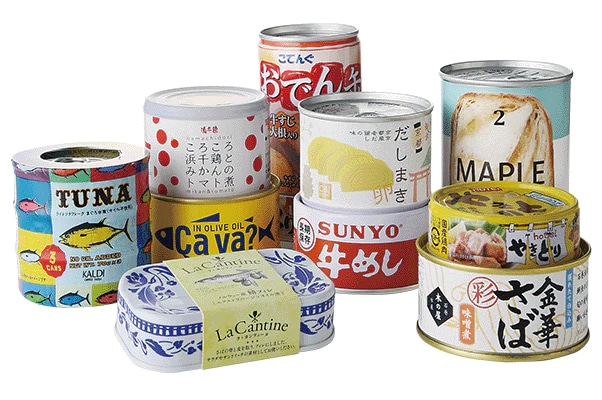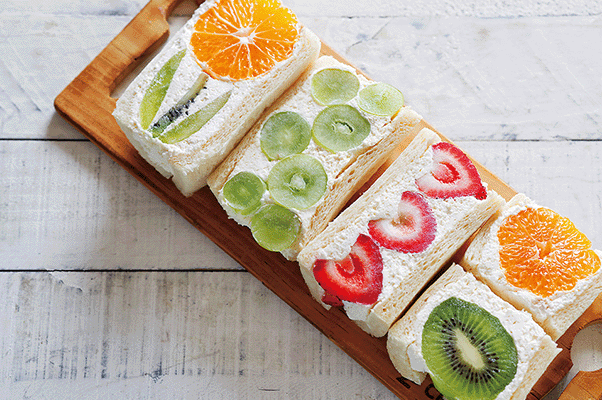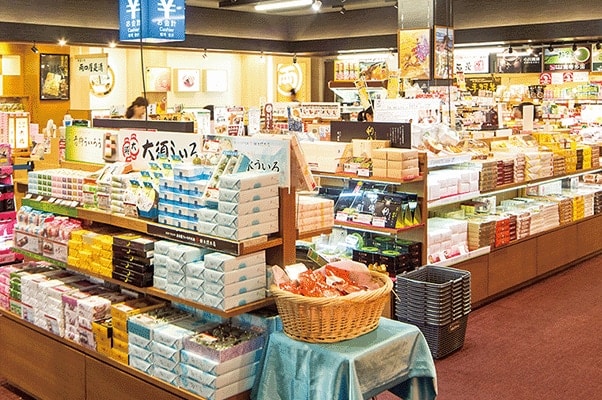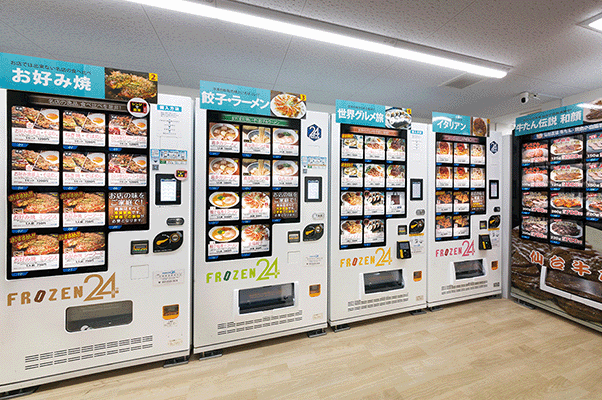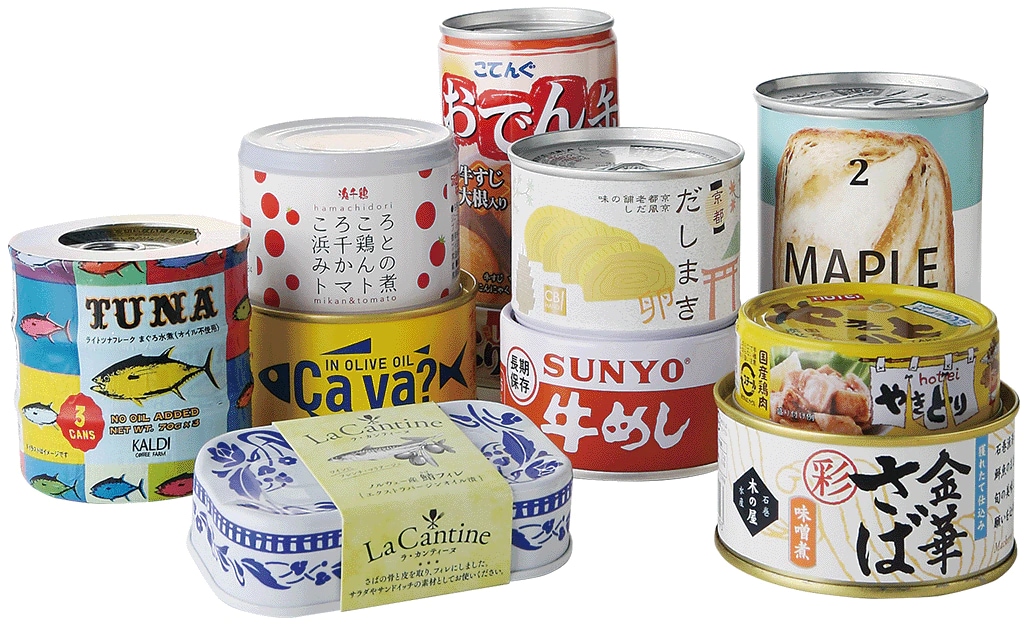
Canning was introduced in Japan some 150 years ago by a Frenchman living here who shared the method for canning sardines in oil. Until recently, canned food in this country was regarded primarily as a go-to source for certain preserved foods like tuna or fruit, or as emergency rations. But nowadays, Japan enjoys canned foods in entirely different ways. The canning concept has evolved to include delicious pre-cooked foods intended not just for use in emergencies, but as tasty elements in everyday meals. Convenient and portable, canned foods are ideal alternatives for households too busy to cook from scratch, and are perfect for camping. Their modern, eye-catching packaging appeals to today’s consumers, furthering their popularity. Most lids feature easy and safe pull-tabs, practically eliminating the need for can openers.
The variety of canned foods sold overseas ranges from fruit and vegetables to meats, sauces and soups. Japan’s canned offerings are equally diverse, but may seem a bit more unusual to Western consumers. Canned curry sauce is popular, along with well-loved Japanese dishes like canned beef bowl, dashimaki tamago Japanese omelet and buta no kakuni simmered pork. Along with these, an array of canned foods are big sellers as appetizers to accompany drinks, such as yakitori grilled chicken and oden hot pot. Even baked goods—like bread and cake—are available in cans.
Canned foods are enjoyed in various ways
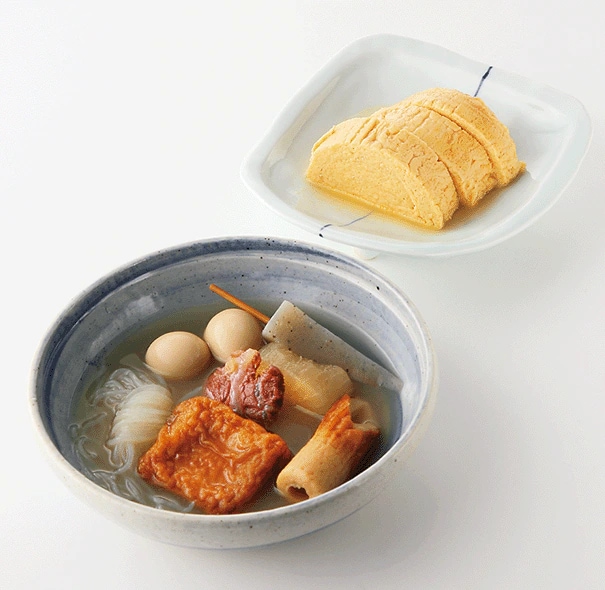
Canned foods are typically enjoyed as-is, but their use as recipe ingredients has grown; for example, using canned boiled mackerel to make gyoza pot stickers, or adding canned oysters to paella. Canned food manufacturers share recipes on websites and social media, and there are cookbooks devoted to the topic.
Japan’s many canned products are usually displayed in dedicated sections in supermarkets and department stores; there are specialty canned-goods stores and even a chain of canned-food bars where one pairs their choice of canned food with drinks. While canned food is generally inexpensive, for those who want to treat themselves or present a special tasty gift, there are “gourmet” options that may cost over USD10.00 per can—like kabayaki grilled eel, yamatoni simmered beef cooked with soy sauce, sugar and ginger, or even dishes from famous high-end restaurants.

